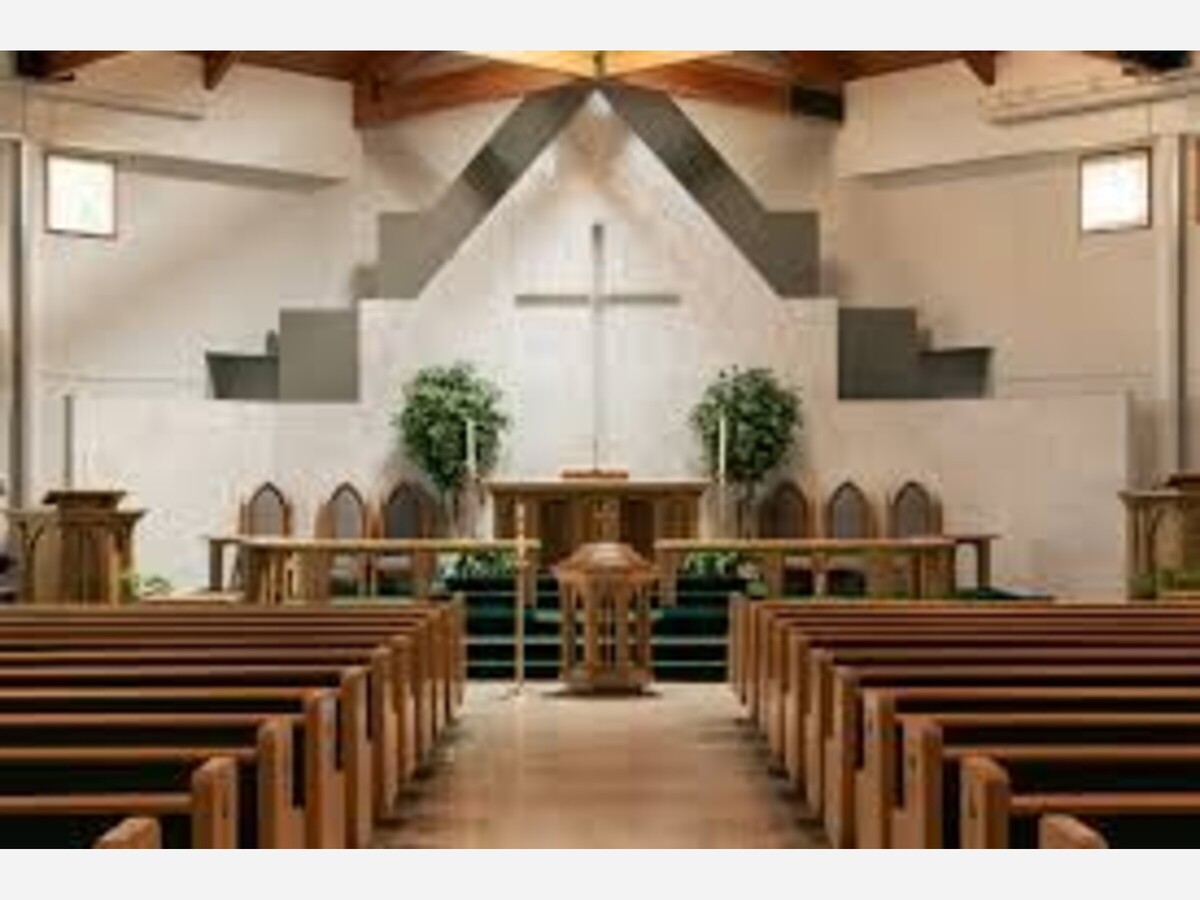Image


In a troubling trend for religious institutions across America, churches are facing an unprecedented challenge to keep their doors open as attendance numbers continue to dwindle. Recent data paints a stark picture of the situation, with regular church attendance falling below 30% for the first time in 2023. The decline is not a sudden phenomenon but rather the culmination of a long-term trend. Gallup surveys indicate that less than half of Americans now claim membership in any religious congregation, marking a historic low9. This represents a significant drop from the early 2000s when regular attendance was as high as 42%9.Several factors contribute to this decline:
The consequences of this decline are becoming increasingly visible. Father Bryan Zielenieski, leading renewal and development for the Diocese of Buffalo, reports that they have lost about 100 parishes since the early 2000s and expects to close another 70 churches in the near future1.Churches are not taking this decline lying down. Many are adopting innovative strategies to combat the trend:
Despite these efforts, the road ahead remains challenging. Thom S. Rainer, founder and CEO of Church Answers, emphasizes the need for intentionality in growth strategies. He proposes a "1 + 4 Strategy" that combines consistent community outreach with focused events throughout the year. As churches continue to adapt to this new reality, the landscape of American religious life is undergoing a significant transformation. The coming years will be crucial in determining whether these institutions can reverse the trend and remain vital centers of faith and community in the 21st century.